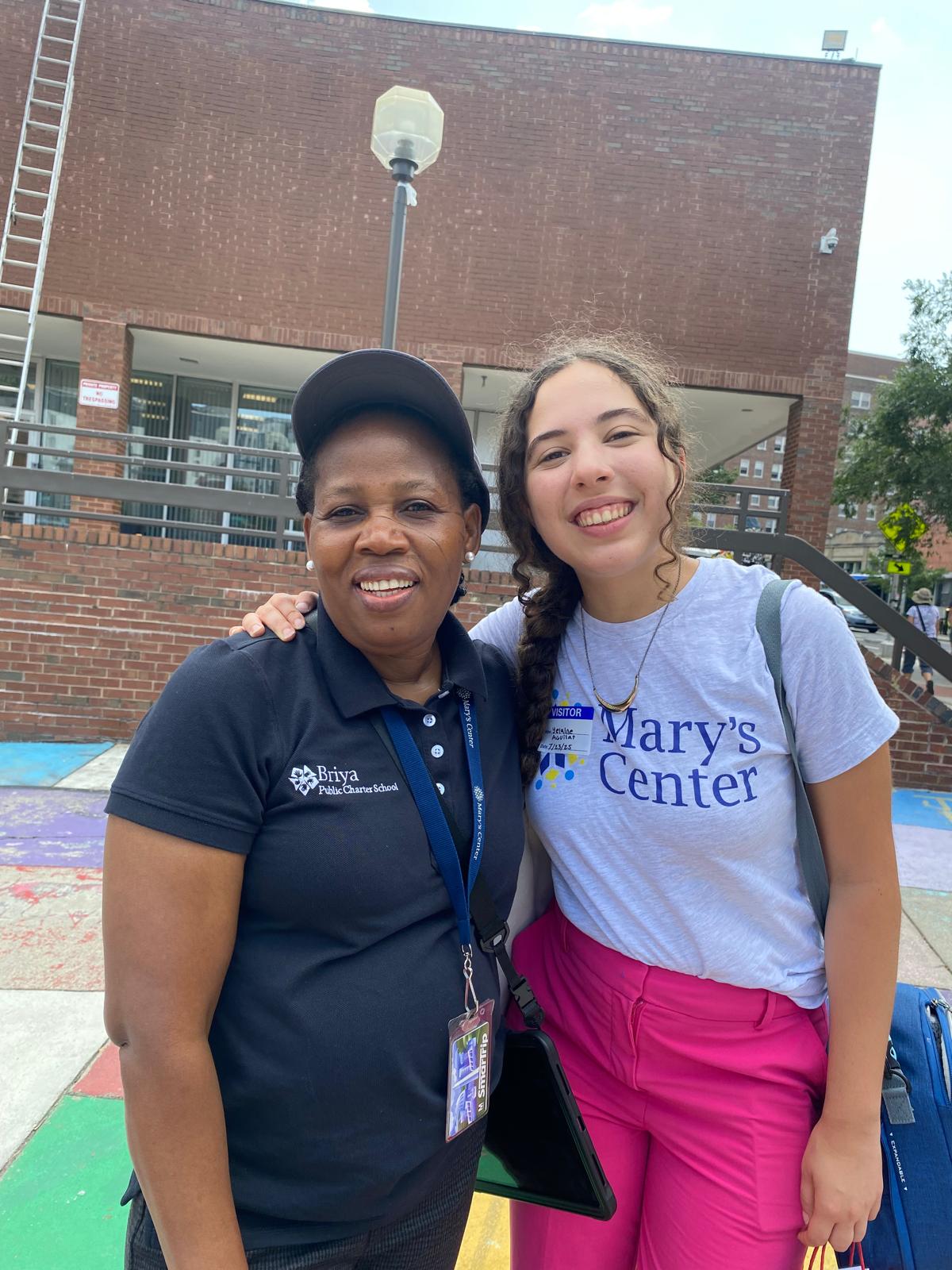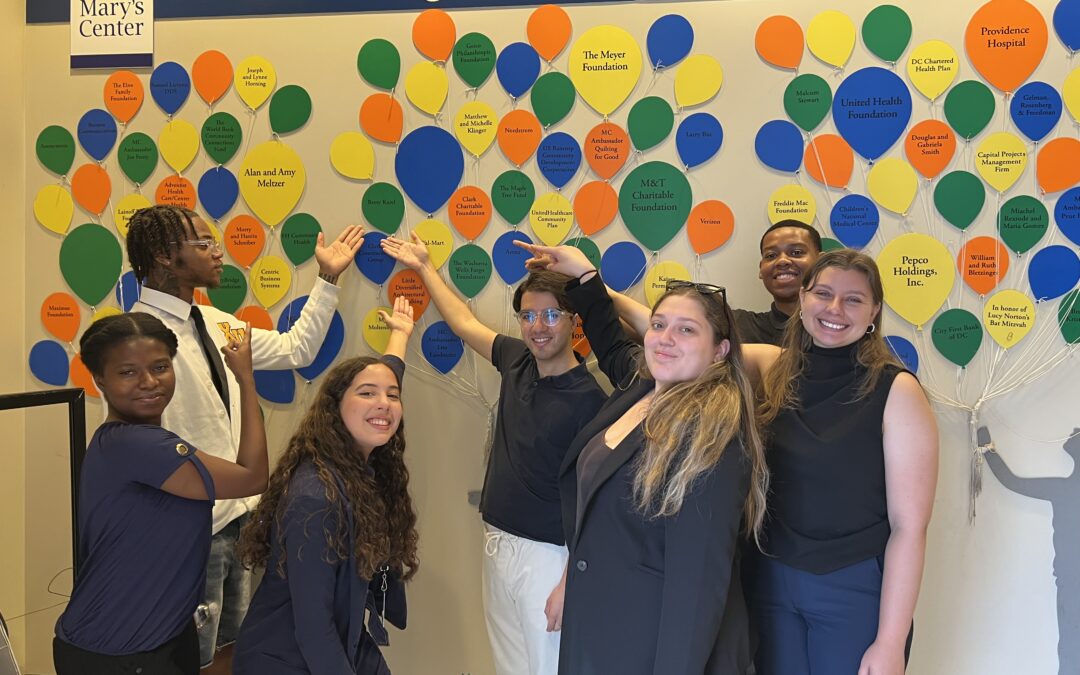I miss it already – people in suits, hanging onto the metro handlebars as they read a book with a concentration reserved for college students on finals week. Hoping from Smithsonian to Smithsonian, not caring about the sun beaming down at me in the National Mall. D.C. exhilarated me and let me take my people-watching skills (which come in handy as a creative writer) to a new level.
But beyond the heartbeat of the metro and the hustle on every street corner were real faces. They have countless stories reflected in their facial expressions. Some wore creased foreheads, others soft smiles. Both told a tale of ups and downs. At Mary’s Center, I got to look past the façade and tell real people’s stories.

Most of all, I got to put forth content for audiences I’d never tried to reach through communications efforts. This time, I’d been thrust into the community health center setting. Instead of informing students of ways to get involved in a club, I was informing community members of Mary’s Center’s services. Instead of creating a post showcasing the importance of Florida’s Springs so students would care about saving them, I needed to create a video highlighting the importance of Mary’s Center’s staff for a weeklong campaign. I was using the same tools – the Adobe Creative Suite, Canva and a camera – but the audience I was trying to reach was different. It was this summer that I understood not only why audience matters, but how it can change so much about a campaign or a communications approach.
Our audience defines our why and how. When it comes to students and clubs, my thought process was often, what design and headline will students gravitate toward? What is the first thing they’ll need to know about our next meeting or event? I was used to thinking in a mindset that was focused on meeting college and high school students where they were. But at Mary’s Center, I quickly learned that its participants, partners, staff members and government officials informed our communications strategies. I quickly adapted my mindset; to Mary’s Center, Instagram was not the only platform that mattered. Through asking my supervisor for some perspective, I learned that participants were largely on Facebook, staff were on Instagram, partners and staff were on LinkedIn. We were thus able to tailor the content I made to each platform. We used our audience to determine how we were disseminating the message.
Working for Mary’s Center also made me realize that an audience’s priorities vastly shape an organization’s approach to communication. My supervisor edited some of my graphics to mirror templates they’d already created. To Mary’s Center, the priority isn’t always to change existing layouts to keep their social media pages fresh and visually appealing. Sometimes, the priority is recognition on the spot. A participant sees a post or a flyer and knows it’s from us without thinking twice. Through editing our messaging based on each social media platform and making sure posts and flyers are brand-recognizable, I learned the importance of knowing my audience this summer.
These past two months, I learned by doing. The best way of sharpening soft skills and figuring out the professional world has been through internships and school involvement. It’s comprised of uncomfortable moments, like having to ask a PA if those two letters indeed do stand for Physician’s Assistant, because the world of healthcare has so many acronyms to keep track of. It’s taking a leap into an industry I never thought I’d work for and enjoying it. In the end, I got to familiarize myself with the unknown through asking my team questions and attending events where I could meet part of our audience. Most of all, I got to know Mary’s Center’s audience and mission through telling stories that matter.

